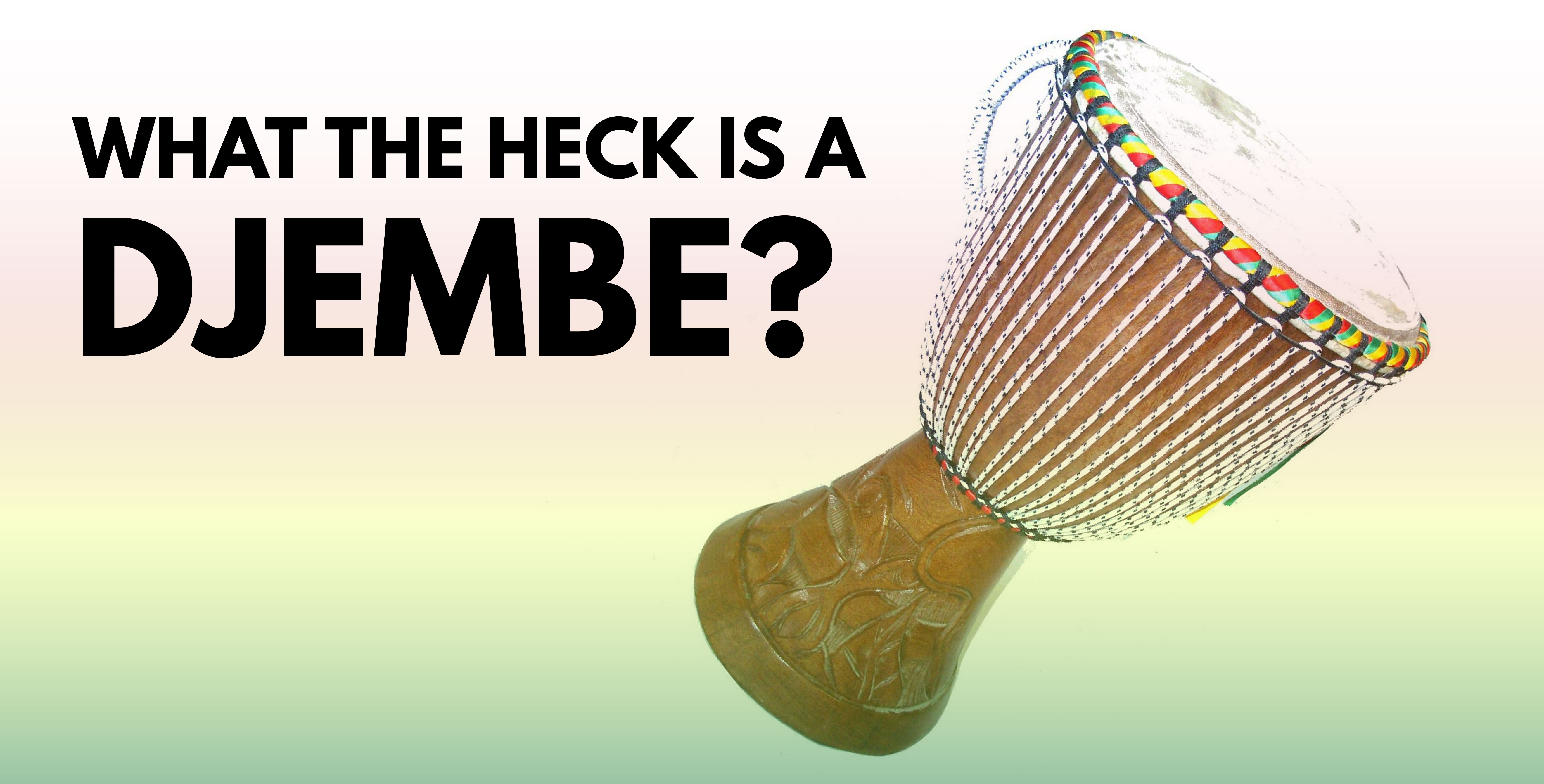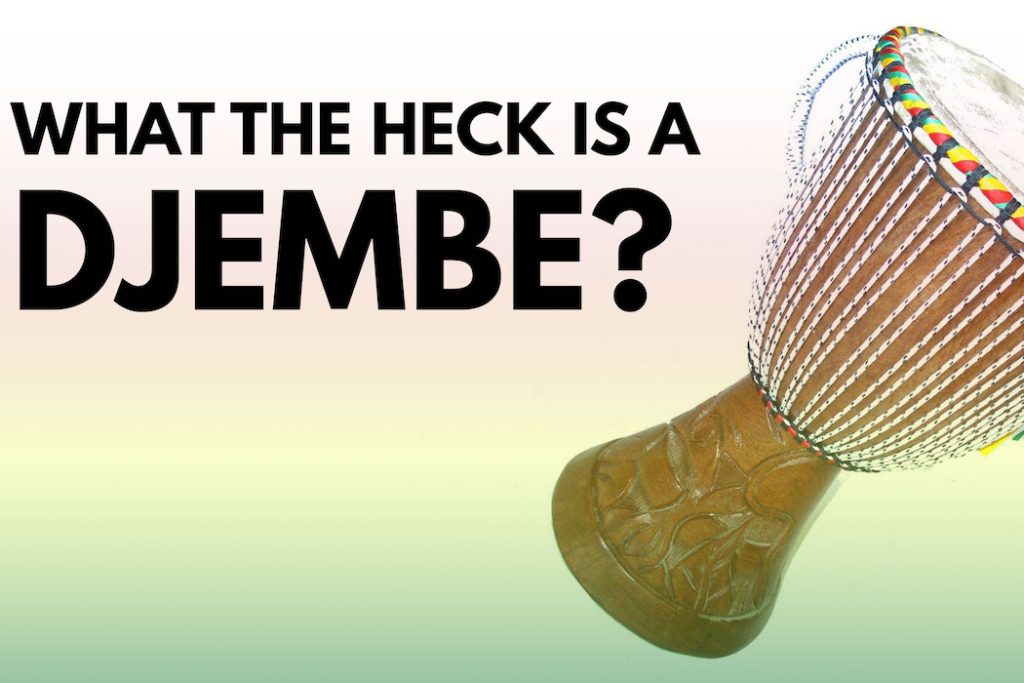
The djembe is one of West Africa’s best known instruments. It is essentially a goblet-shaped drum carved from a single piece of African hardwood with a head made from rope-tightened animal hide.
Even if you’re not a huge fan of Ali Farka Touré or other West African musicians, you’ve still probably seen one at a friend’s house or in an attic somewhere — or heard them on a Ben Harper song. Or maybe you even have one yourself that your weird aunt got you for Hannukah one year. Well, hopefully we can help you dust it off and give it a new life.
The Djembe’s History
What makes the djembe stand out is a) its uniquely wide range of tones and timbres, and b) its lore. That’s right — djembes are steeped in lore and tradition. Djembe players are even given a special name, called a djembefola, while a solo is called a djembekan. Nobody is quite certain where the name djembe came from, but the instrument is thought to be between 400 and 800 years old and the Bamana people of Mali hold that its name comes from their saying, “Anke dje, anke be” — which translates to “everyone gather together in peace”.
Traditionally, many djembefola consider the djembe a living entity, comprised of three spirits: the spirit of the tree from which the wood was carved, the spirit of the animal that gave the drum its skin, and the spirit of the drum’s maker. This makes each drum completely unique — infused with the spirits of its creators. Drumheads are typically made from goatskin, but more rarely can be antelope, zebra, deer, or calf. So yeah, this instrument has some mythical qualities to it.
Playing the Djembe
Djembe players use three basic sounds to get an array of different rhythms and feels — bass, tone, and slap, which have low, medium, and high pitches respectively. You get the different sounds by hitting the drum in different places and with different parts of your hands. Here’s our quick rundown to get you started.
Step 1: Set Up
Sitting up in your chair, hold the djembe between your legs, angled behind them and underneath your chair. Your hands should be held out flat, parallel to the ground, with thumbs angled up to the ceiling a bit so they’re elevated from the rest of your hand.
Step 2: Making a Bass Sound
The bass tone is played by hitting the center of the drum with your open hand. You want to bounce your whole hand against the skin to get that deep, low pitch. Also, by bouncing your hand off the head of the drum, the tones are left to resonate. Start by practicing this bass tone a few times — this is your core.
Step 3. Making a Tone Sound
Tone and slap sounds are both produced by striking the drum closer to its edge where there’s more tension in the skin than in the middle. It is actually the contact area of the fingers that determines the pitch of the strike.
For a tone, most of the area of the fingers and the edge of the palm will contact the drum. Move your hands towards you until your knuckles are just off the edge of the drum. Your fingers themselves should be over the drumhead. You strike the drumhead with all your fingers flat at the same time.
Step 4: Making a Slap Sound
Slap sounds are played similarly to a tone. Put your hand on the edge of the drum, but instead of playing with a flat hand, you curve your fingers lightly. The contact area is limited to the edge of the palm and the fingertips. The other difference is that your hands rebound immediately after a strike, so the contact time with the skin is as short as possible. Slap tones produce more of a ‘crack’ and a bright sound, but you’ll also notice a little bass resonance. Your hand should bounce off the drumhead so that the fingertip pads flick quite sharply on and off the surface with a slap. The pocket of space under the palm gives it a hollow sound.
Learn to play the djembe a bit more in depth over at X8drums.com.
Or check out some of these videos for a little inspiration:
Babara Bangoura-Djembe Kan going nuts alone on two djembes:
This drum duo lights it up with a djembe solo over the top of some booming bass drums:
This video is a full on Guinean drum circle with djembe at the center.
Love learning about obscure instruments? Check in with the full “What the Heck is a…” series here!




